Why Hybrid Cars May Be Better Than Fully Electric Vehicles: What the Latest Data Reveals
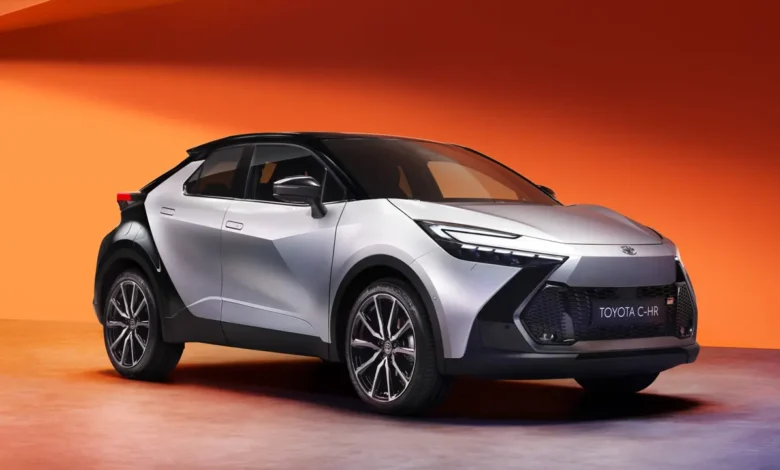
Why Hybrid Cars May Be Better Than Fully Electric Vehicles: What the Latest Data Reveals: As the global auto industry races toward electrification, the conversation around green vehicles is dominated by fully electric vehicles (EVs). However, recent studies and market trends are challenging the notion that battery electric vehicles (BEVs) are the ultimate eco-friendly solution. Hybrid cars, especially plug-in hybrid electric vehicles (PHEVs), are seeing a resurgence—and for good reason.
With newer data emerging on lifecycle emissions, affordability, infrastructure challenges, and consumer preferences, hybrid vehicles are now being viewed not just as a transitional technology, but as a long-term, sustainable option. This article dives into the reasons hybrid cars may, in fact, be a smarter choice than full EVs for many drivers today.
Hybrid vs. EV: Understanding the Lifecycle Emissions Debate
A significant point in favor of hybrids over full EVs is their environmental footprint—especially in the early stages of ownership. Manufacturing an electric vehicle is an energy-intensive process, largely due to the extraction and processing of raw materials needed for large lithium-ion batteries. Studies have shown that BEVs often need to be driven for over 35,000 to 55,000 miles before their total emissions balance out the high production footprint.
In contrast, hybrid vehicles utilize much smaller batteries, which require fewer rare earth materials and significantly less energy to produce. Plug-in hybrids, which can operate in electric mode for short distances but switch to gasoline for longer trips, often achieve a lower carbon “break-even” point in just 10,000 to 15,000 miles. For drivers in regions where electricity still heavily depends on coal or other fossil fuels, hybrids may maintain a lower lifetime emission profile than EVs, even after 100,000 miles.
Real-World Conditions Favor Hybrid Technology
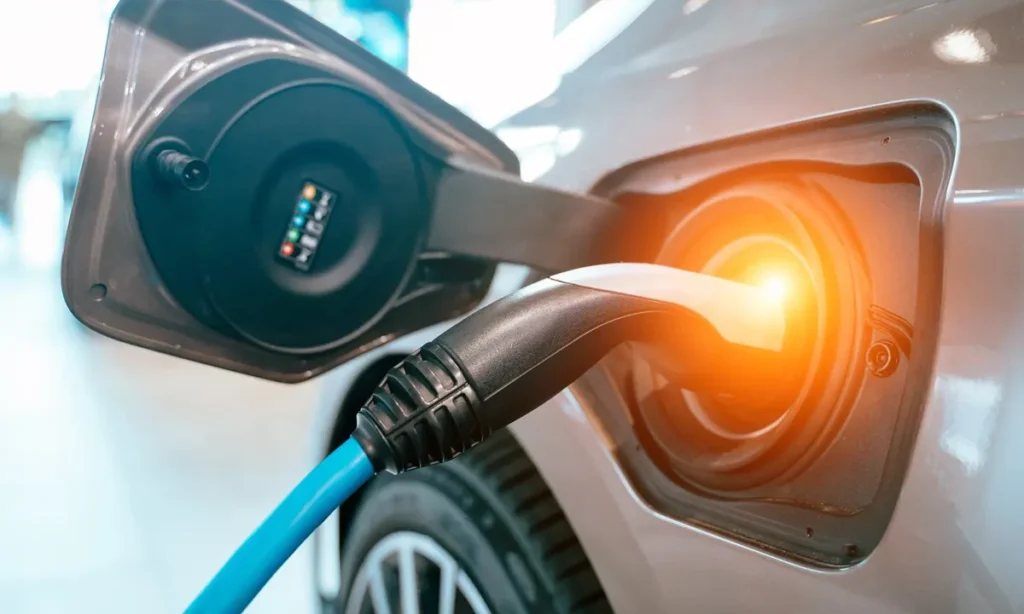
Electric vehicles are praised for their zero tailpipe emissions, but that statistic doesn’t always reflect the complete environmental impact. The electricity used to charge EVs comes from a grid that is often powered by non-renewable energy sources. This means that while BEVs may not emit pollutants directly, the electricity they consume may still result in significant greenhouse gas emissions upstream.
In real-world travel conditions, hybrid vehicles provide a more practical solution. Since hybrids don’t rely solely on electric charging, they avoid issues like range anxiety and grid dependency. They are especially well-suited for drivers with unpredictable schedules, long commutes, or limited access to home charging stations. Furthermore, regenerative braking systems in hybrids contribute to improved fuel efficiency, especially in stop-and-go traffic.
Cost Considerations: Hybrids Are Friendlier on the Wallet
Price remains a major factor influencing consumer choice, and in this arena, hybrids have a strong advantage. As of 2024, the average cost of a hybrid vehicle is approximately $42,500, compared to around $60,500 for a fully electric vehicle. The significant difference in upfront cost makes hybrids far more accessible to a broader range of buyers.
Moreover, hybrid vehicles tend to have lower insurance premiums and more affordable maintenance. Although electric vehicles (EVs) have fewer mechanical parts, their repair costs can be significantly higher, particularly when battery components are involved. Hybrids, on the other hand, strike a balance between traditional and electric technology, offering a manageable cost of ownership.
Charging Infrastructure: EVs Still Face a Long Road
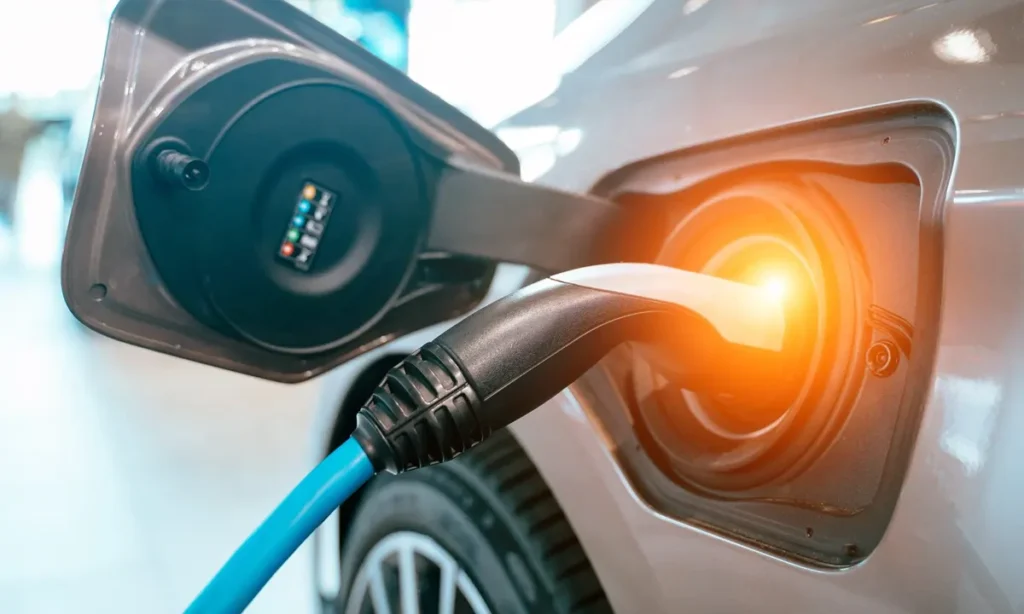
One of the most pressing issues facing electric vehicle adoption is the lack of widespread and reliable charging infrastructure. Although governments and private companies are investing heavily in building EV charging networks, the rollout is uneven—especially in rural areas or developing countries. As of now, a significant portion of the population lives in areas where charging an EV can be difficult or inconvenient.
Hybrids eliminate this barrier entirely. Since they don’t depend solely on electricity, they can be fueled at any traditional gas station. Plug-in hybrids offer the flexibility of short-distance electric travel with the security of gasoline for longer trips. This dual capability provides peace of mind for drivers who may not always have access to a charging station when needed.
Market Trends Show Rising Demand for Hybrids
Recent sales data underscores the growing popularity of hybrid vehicles. In early 2024, hybrid sales in the United States rose by 76% year-over-year, with over one million units sold. In contrast, EV sales grew by just 13% during the same period. The preference for hybrids is even more pronounced in regions like Australia and parts of Europe, where hybrids have begun to outpace EVs in consumer adoption.
The reasons are clear: lower prices, no reliance on charging infrastructure, and growing environmental awareness among buyers. As inflation and energy prices fluctuate, consumers are turning to hybrids for a more balanced and future-proof solution.
Performance and Driving Experience: Hybrids Have Improved Significantly
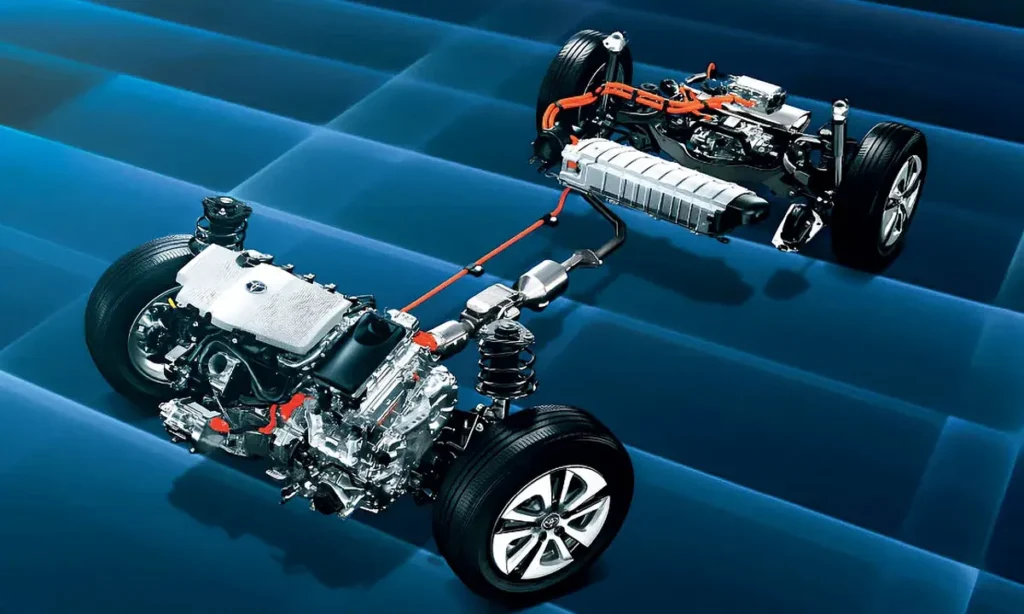
One of the criticisms historically aimed at hybrids was their perceived lack of driving excitement. However, today’s hybrids are a different breed. Automakers have significantly refined hybrid powertrains to deliver more torque, quicker acceleration, and seamless transitions between electric and gasoline power. Models like the Toyota Prius Prime, Honda Accord Hybrid, and Ford Escape PHEV offer impressive fuel efficiency with refined driving dynamics.
In urban environments, hybrids operate mostly in electric mode, providing quiet and smooth rides. On highways, the internal combustion engine kicks in to maintain speed without range limitations. This adaptability makes hybrids a compelling option for drivers who want both efficiency and convenience without sacrificing performance.
Chart: Hybrid vs. EV vs. Gasoline – Key Comparison Metrics
| Category | Hybrid (PHEV) | Fully Electric (BEV) | Gasoline Vehicle |
| Average Purchase Price | ~$42,500 | ~$60,500 | ~$35,000 |
| Fuel/Charging Cost | Low | Lowest | Highest |
| Range Anxiety | None | Moderate to High | None |
| Charging Infrastructure | Not Required | Essential | Not Required |
| Lifecycle CO₂ Emissions | Low (early break-even) | Lowest (after ~50k miles) | Highest |
| Maintenance Cost | Moderate | Low | High |
| Refueling Time | 3–5 minutes (gas) | 30–60 minutes (fast charge) | 3–5 minutes (gas) |
| Driving Experience | Balanced | Smooth, Quiet | Variable (engine-dependent) |
Policy and Incentives Still Support Hybrid Buyers
While much attention is given to EV tax credits and green incentives, hybrids continue to benefit from several federal and state-level programs. Many regions offer rebates for PHEV purchases, access to carpool lanes, reduced registration fees, and other benefits. Automakers also leverage hybrid models to meet fleet emissions targets, ensuring continued investment in hybrid technology and development.
Governments recognize that while EVs are the end goal, hybrids provide a vital stepping stone in achieving large-scale emissions reductions—especially in markets not yet ready for full electrification.
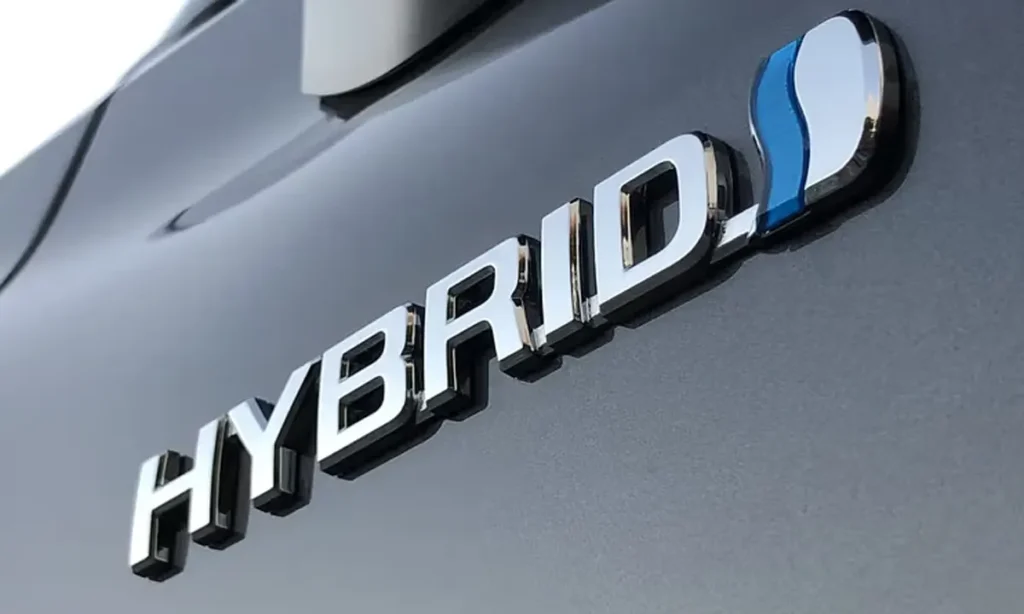
The Future Outlook: EVs May Dominate, But Hybrids Lead the Transition
There is no denying that fully electric vehicles represent the future of transportation. However, until charging networks become ubiquitous and battery production becomes more sustainable, hybrids offer the most practical solution for reducing emissions now. The transition to EVs is happening, but it’s uneven and influenced by geography, infrastructure, and individual driving needs.
Hybrid vehicles offer the flexibility to adapt to today’s realities while preparing drivers for a greener tomorrow. Whether as a first step toward electrification or as a long-term alternative for specific use cases, hybrids deserve a central role in shaping the future of sustainable mobility.
Read: 2025 Audi Q5 and SQ5 First Drive Review: A Dynamic Evolution in Luxury and Performance
Frequently Asked Questions (FAQ)
Q1. Are hybrid cars more environmentally friendly than EVs?
In the short term, yes. Due to lower manufacturing emissions and grid independence, hybrids may produce fewer overall emissions in the early stages of ownership, especially in areas where the electricity grid is not fully clean.
Q2. Are hybrids cheaper than EVs?
Yes. The average hybrid costs around $42,500, while EVs average over $60,000. This difference makes hybrids more accessible to mainstream buyers.
Q3. Do hybrids require charging stations?
Regular hybrids do not. Plug-in hybrids can be charged for short electric-only drives, but they don’t rely on charging stations to function.
Q4. Do hybrids perform well compared to EVs?
Modern hybrids offer excellent performance with fast acceleration, smooth transitions, and better fuel efficiency than traditional gasoline cars. While they may lack the instant torque of EVs, they provide a well-balanced driving experience.
Q5. Will hybrids still be relevant in the next decade?
Absolutely. Hybrids offer a practical alternative during the transition to full electrification and will continue to play a crucial role in markets where EV infrastructure is still developing.

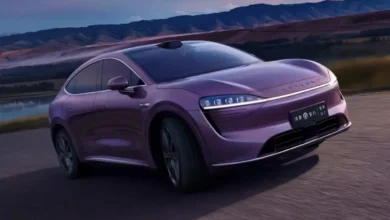
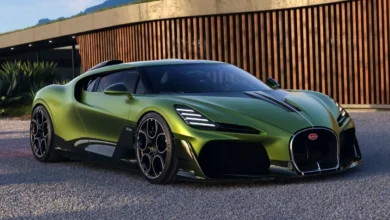
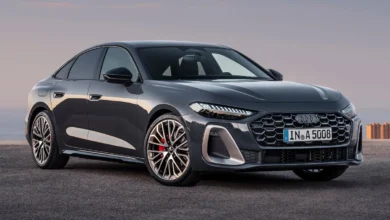
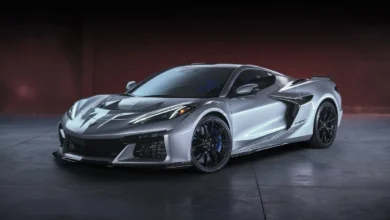
One Comment